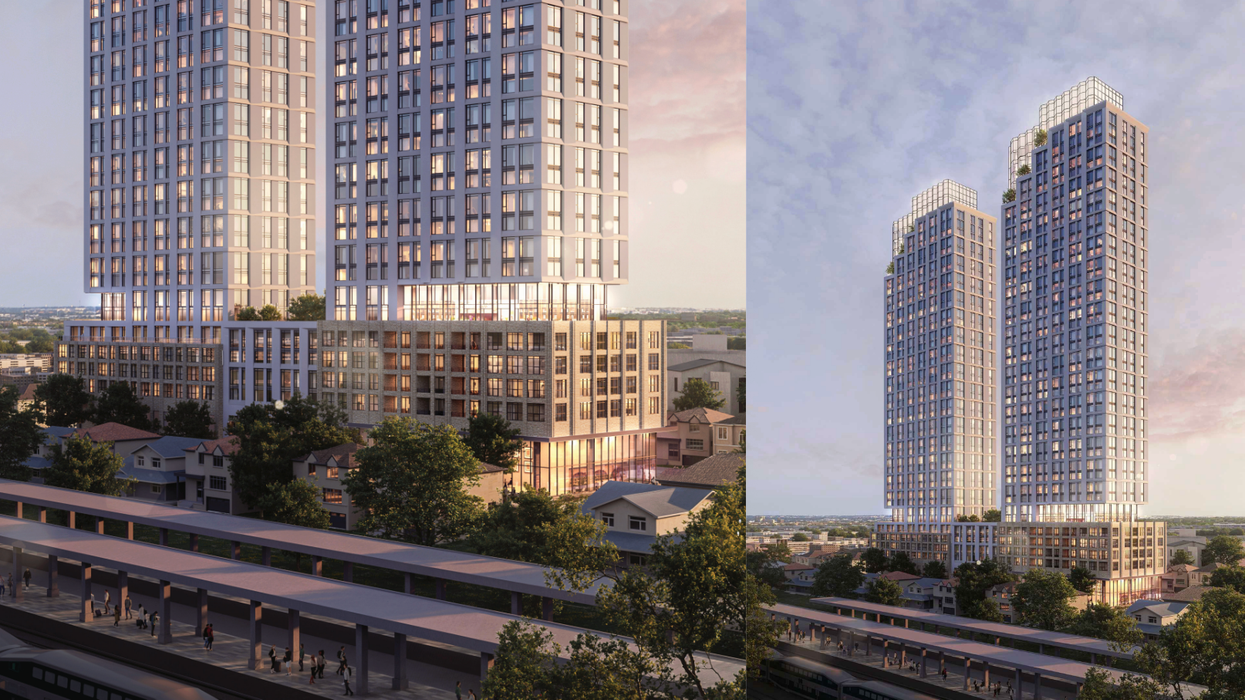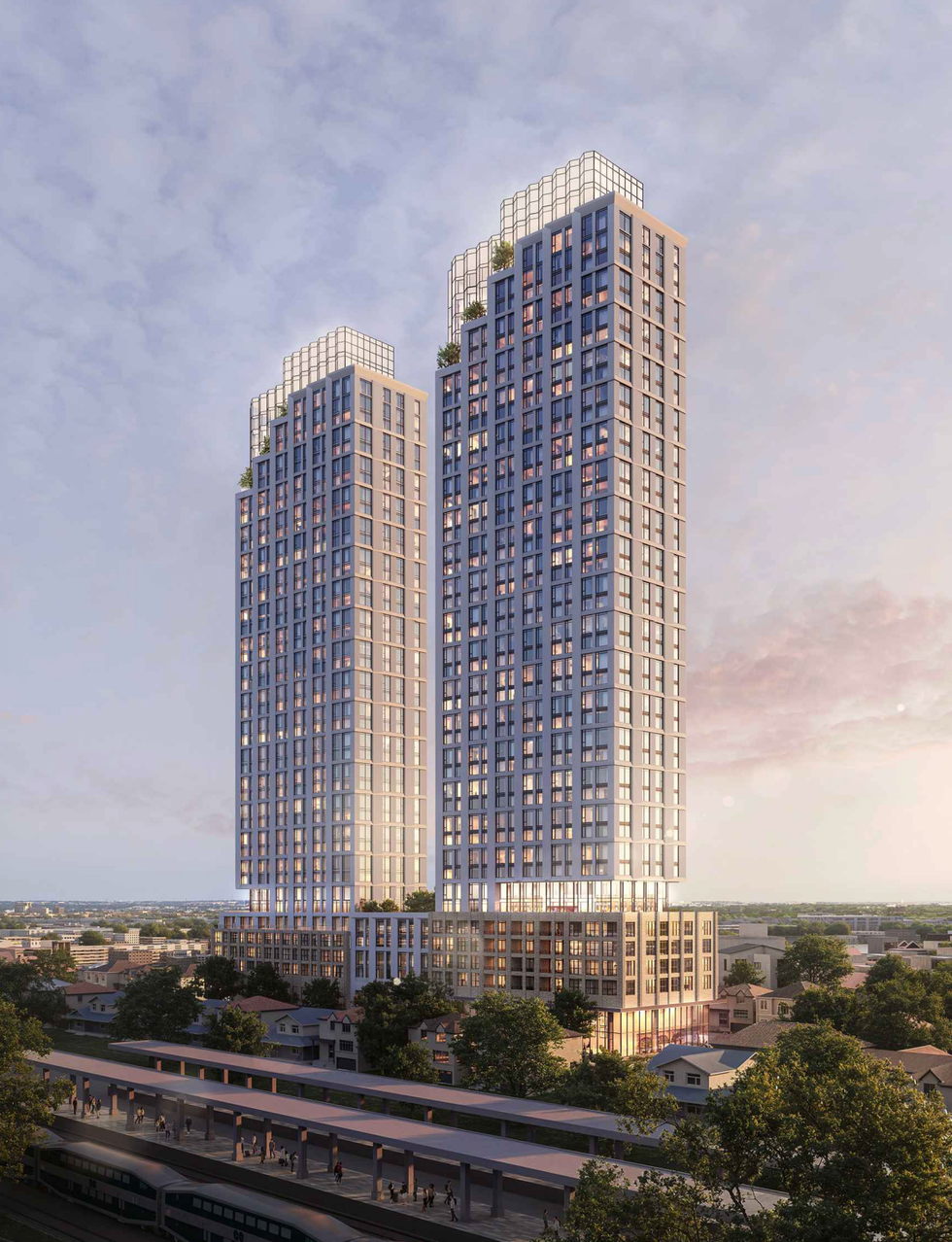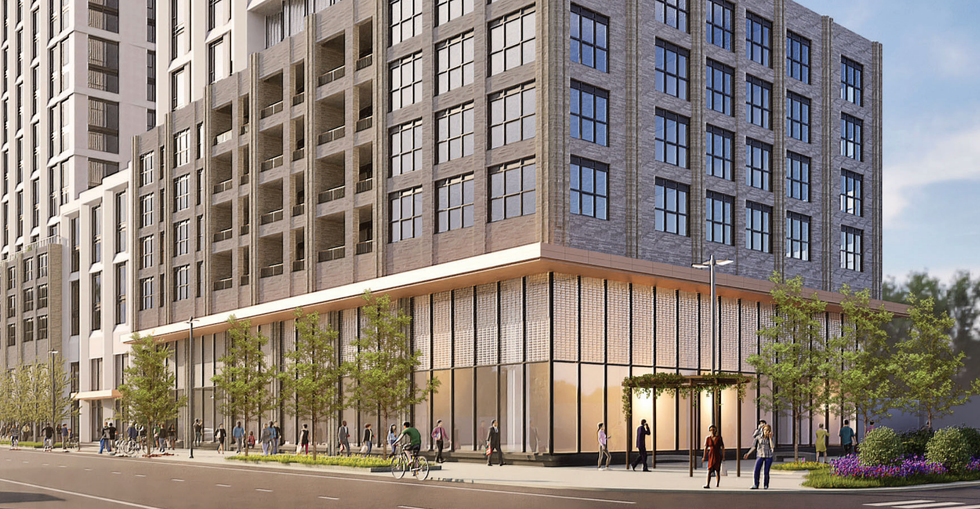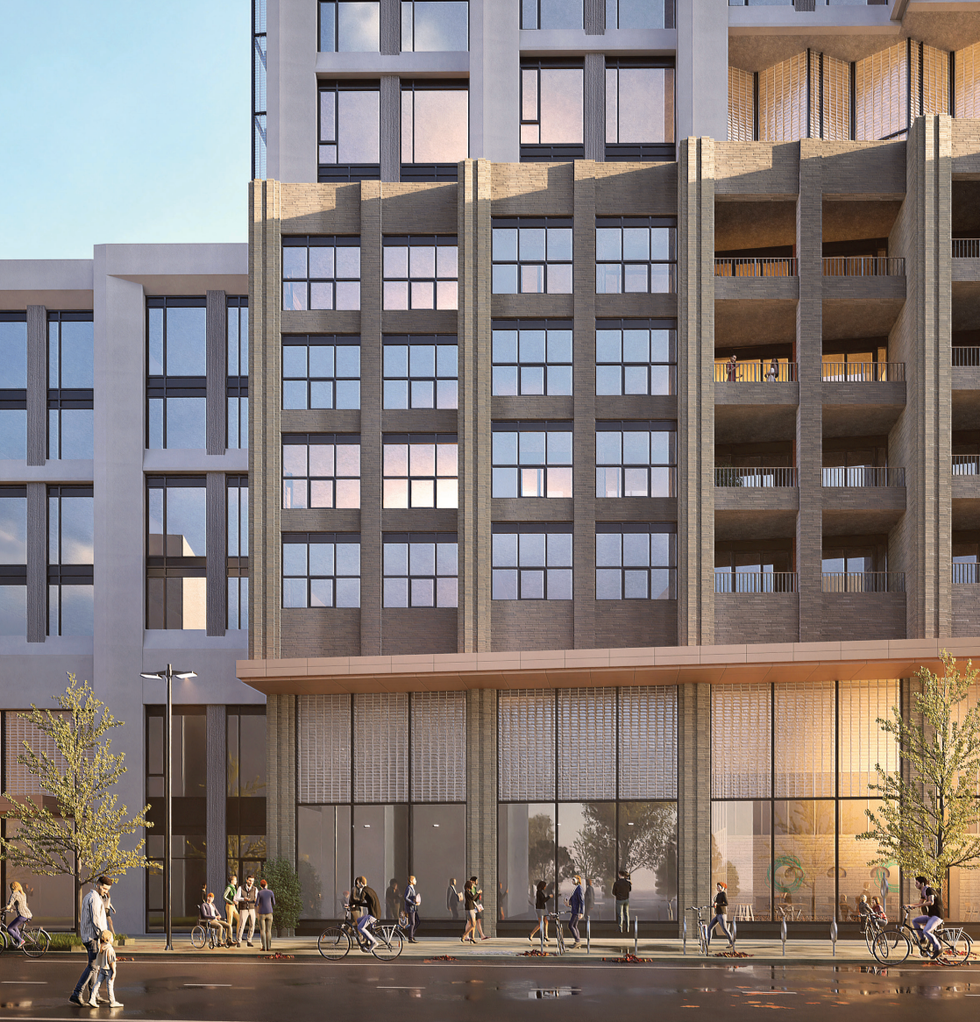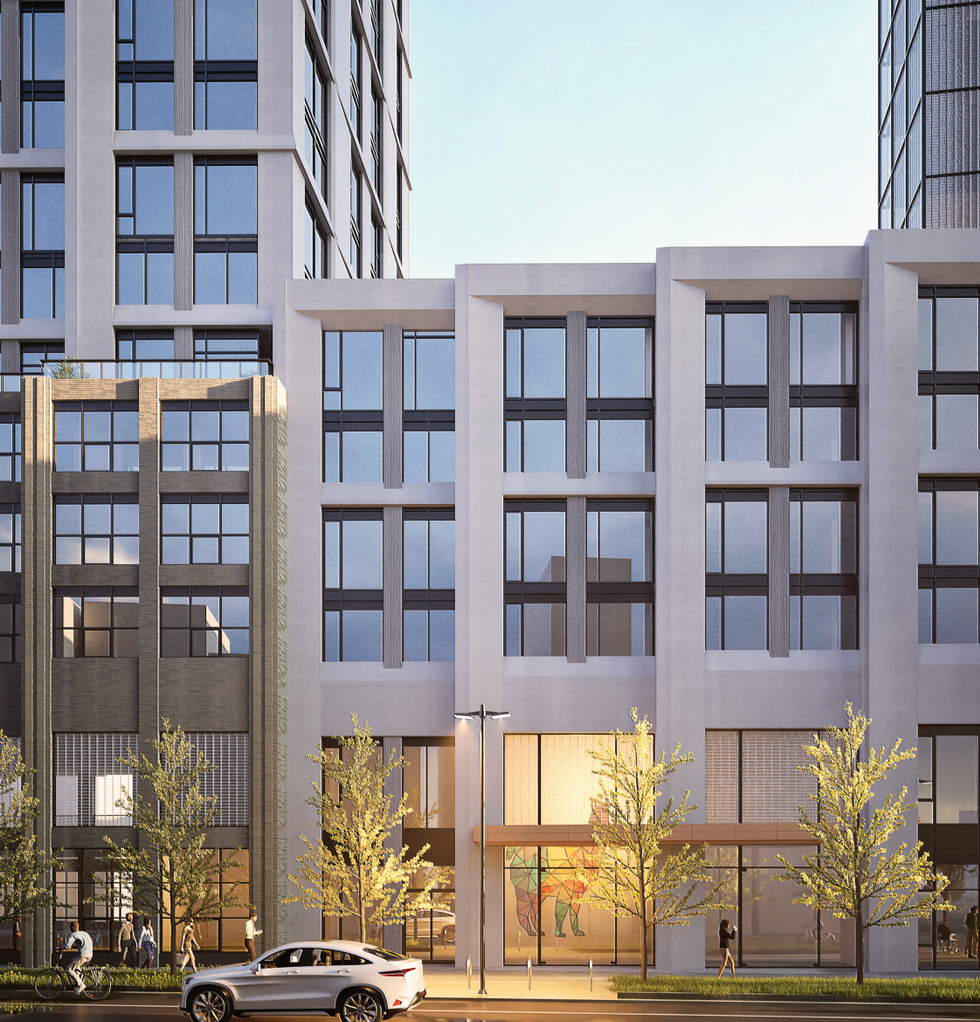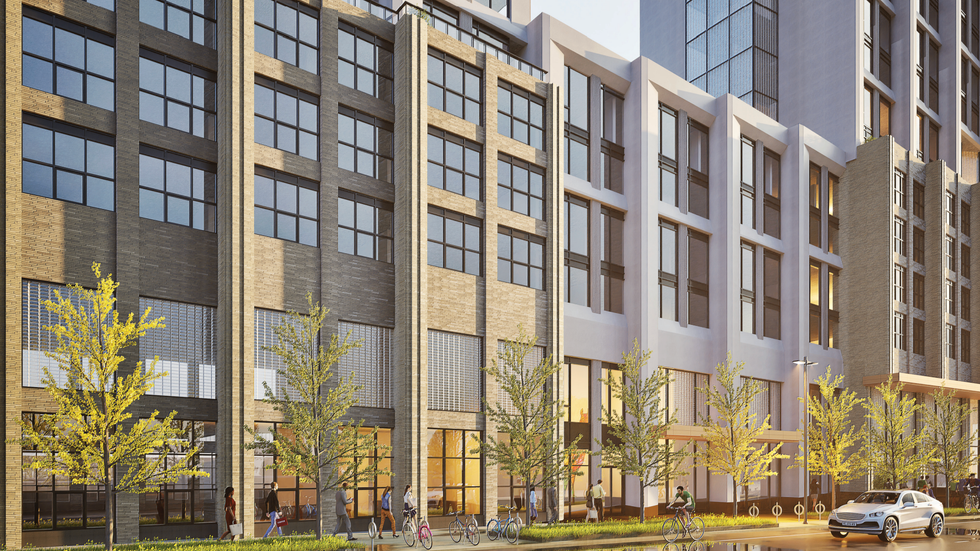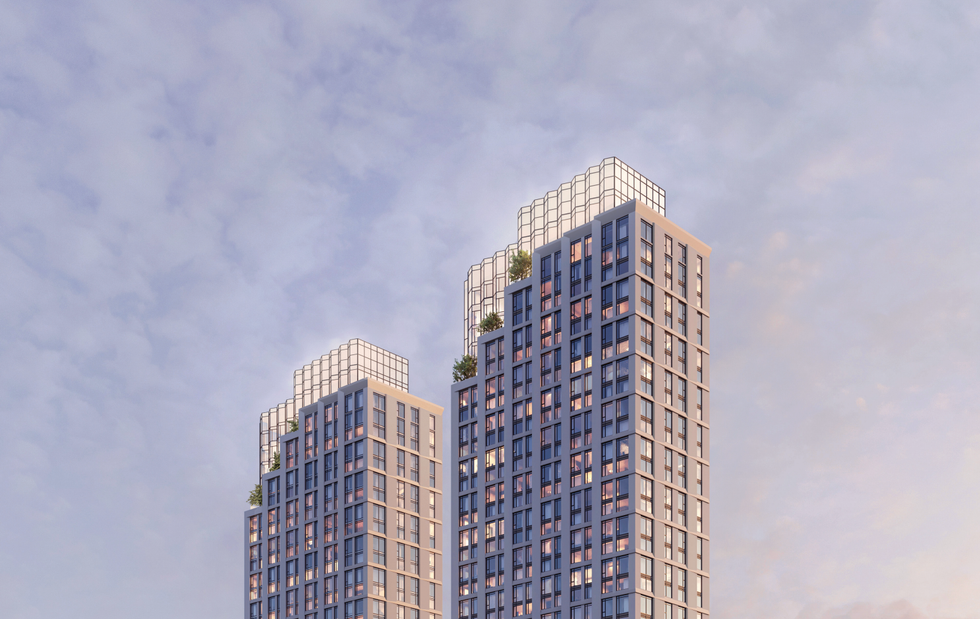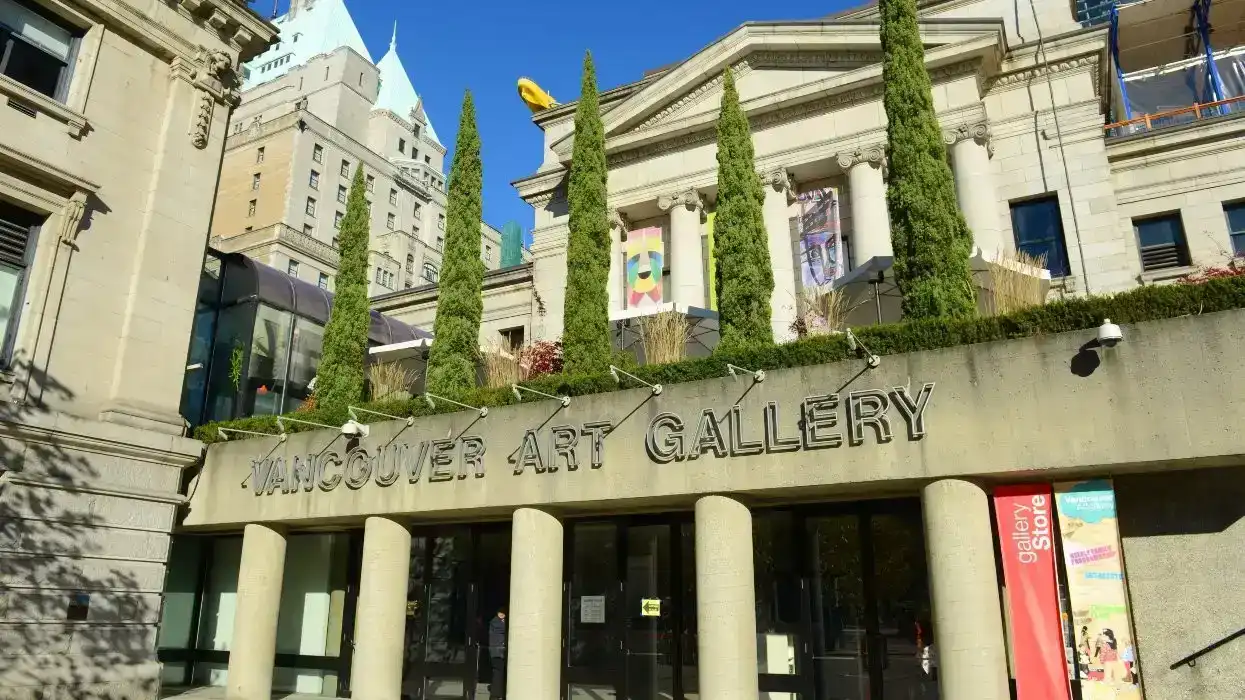Second Mortgage
Learn what a second mortgage is in Canadian real estate, how it works, and what homeowners should consider when borrowing against home equity.

May 29, 2025
What is a Second Mortgage?
A second mortgage is a loan secured against a property that already has a first (primary) mortgage, allowing the homeowner to borrow additional funds using home equity.
Why a Second Mortgage Matters in Real Estate
In Canadian real estate, second mortgages are used for renovations, debt consolidation, investments, or accessing liquidity without refinancing the original mortgage.
Key characteristics include:- Higher interest rates than first mortgages
- Shorter terms and interest-only options
- Must be registered in second position on title
If the homeowner defaults, the first mortgage lender is paid before the second lender. Borrowers should assess repayment capacity and the impact on overall debt.
Example of a Second Mortgage
A homeowner takes out a $60,000 second mortgage to renovate their kitchen while keeping their low-interest first mortgage intact.
Key Takeaways
- Loan secured by equity behind first mortgage.
- Higher interest due to greater risk.
- Used for renovations or debt consolidation.
- Adds to total property debt load.
- Requires careful planning and registration.
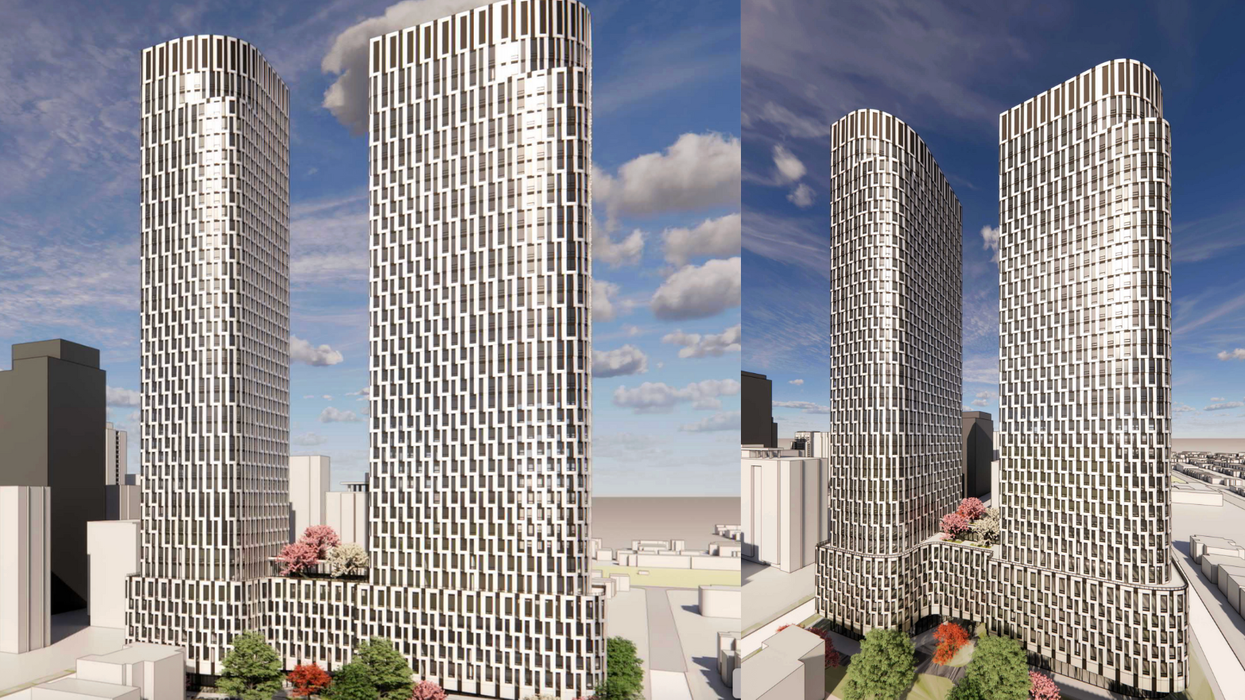
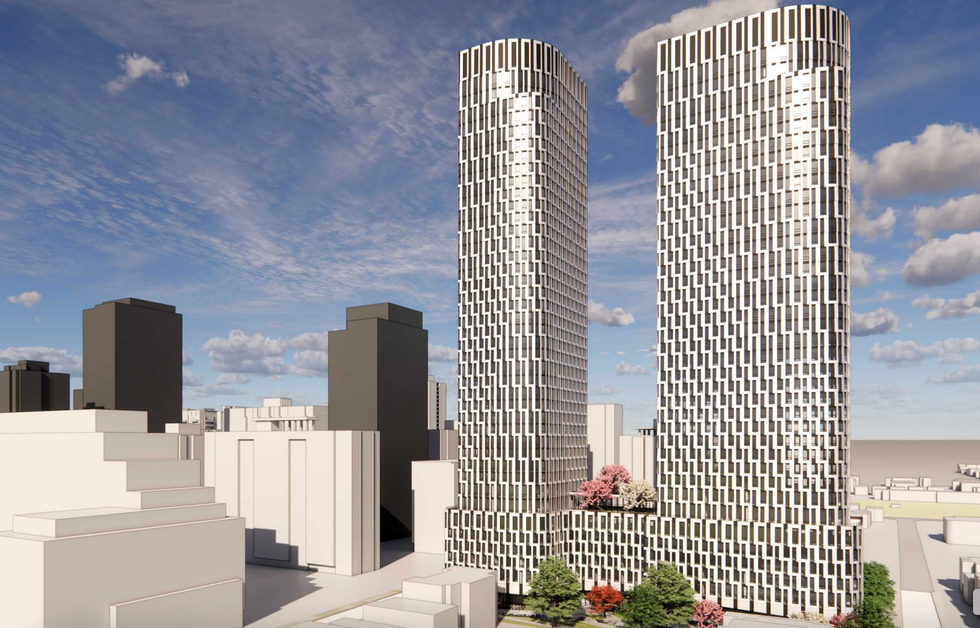

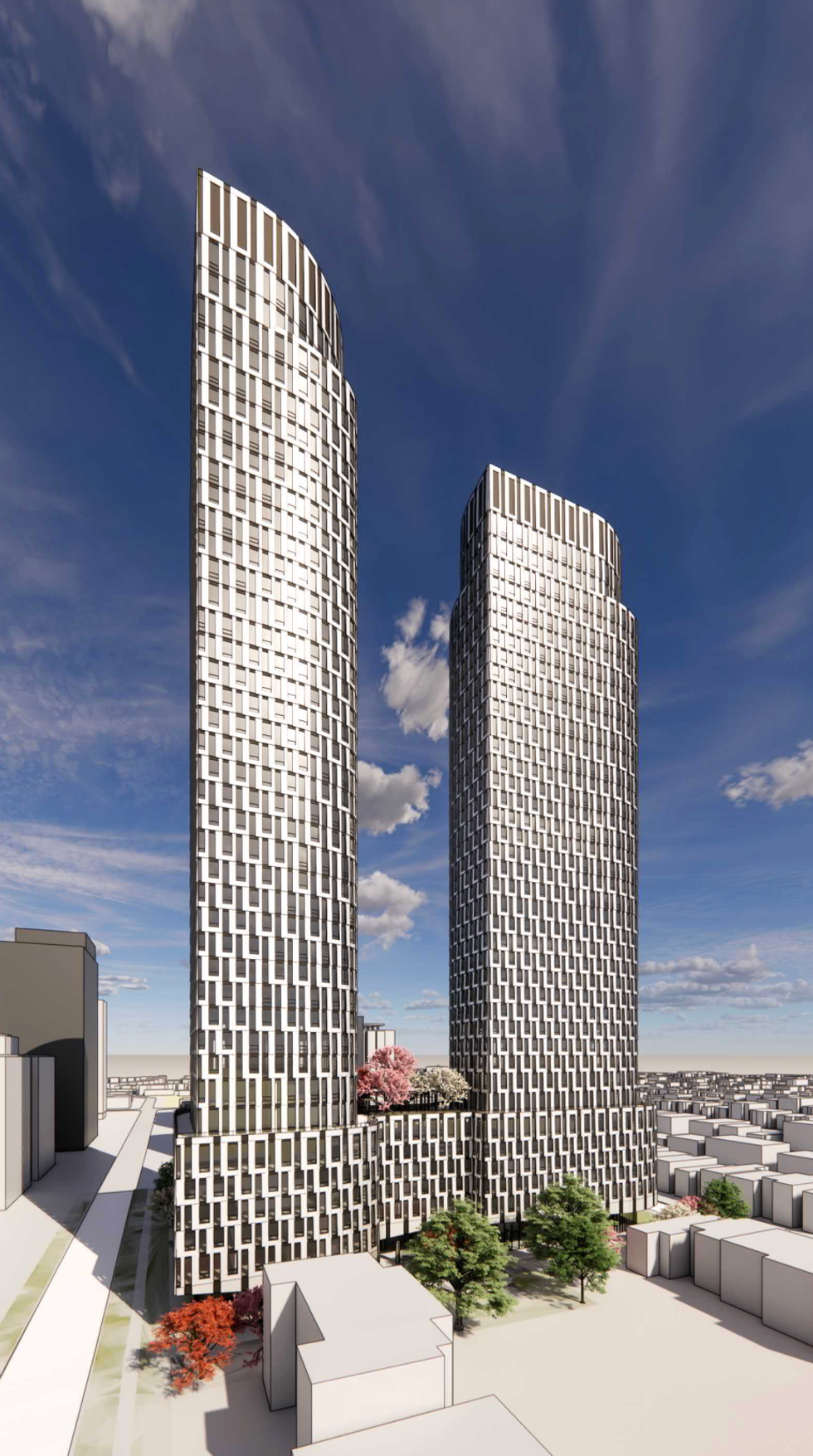
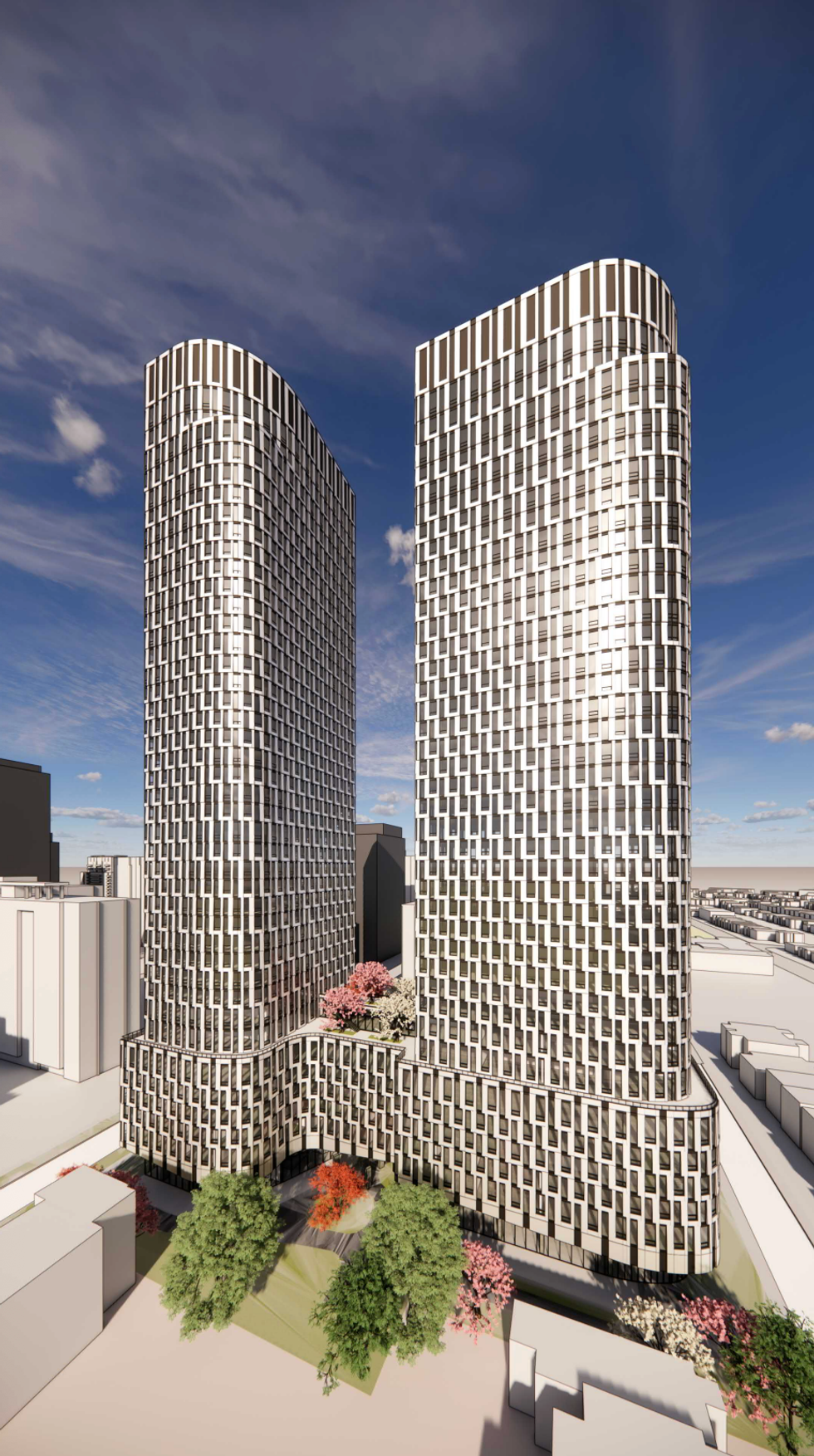
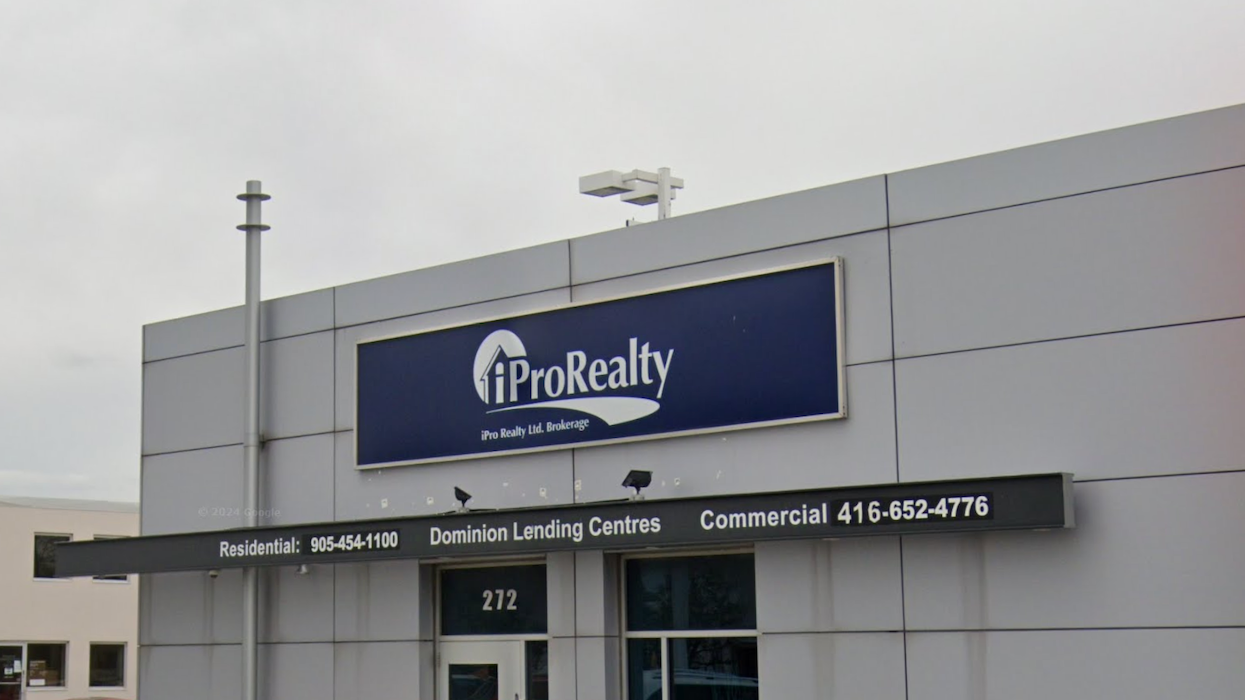
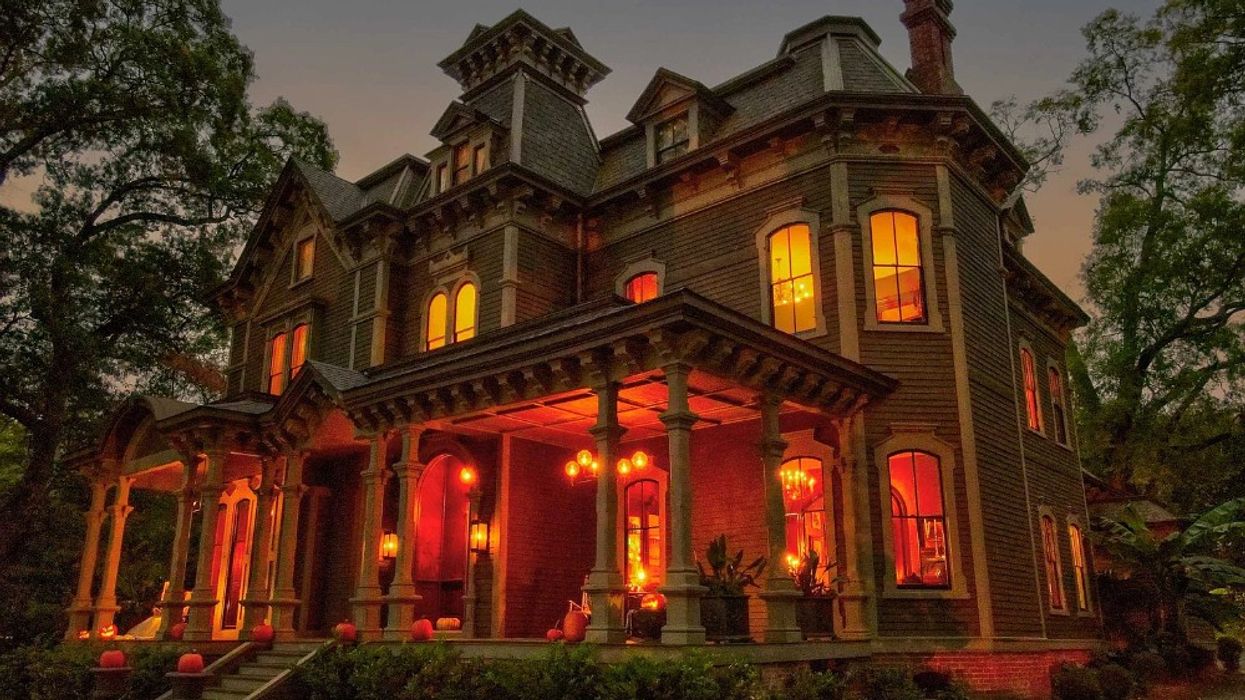
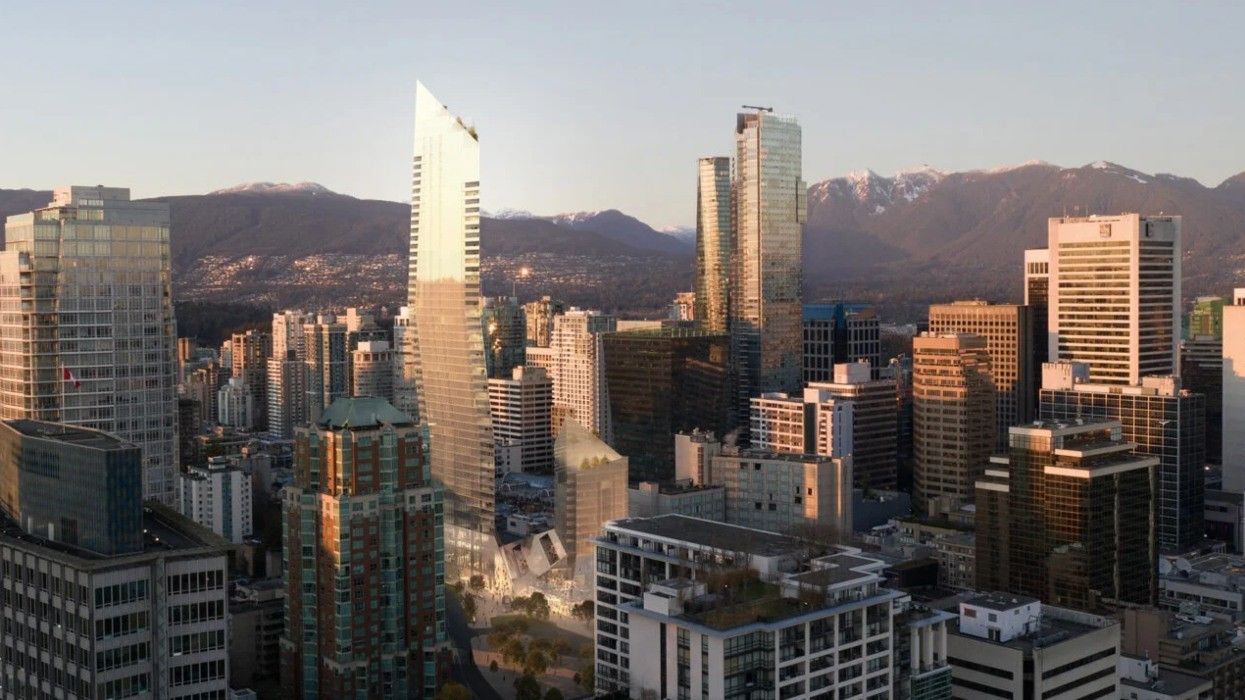
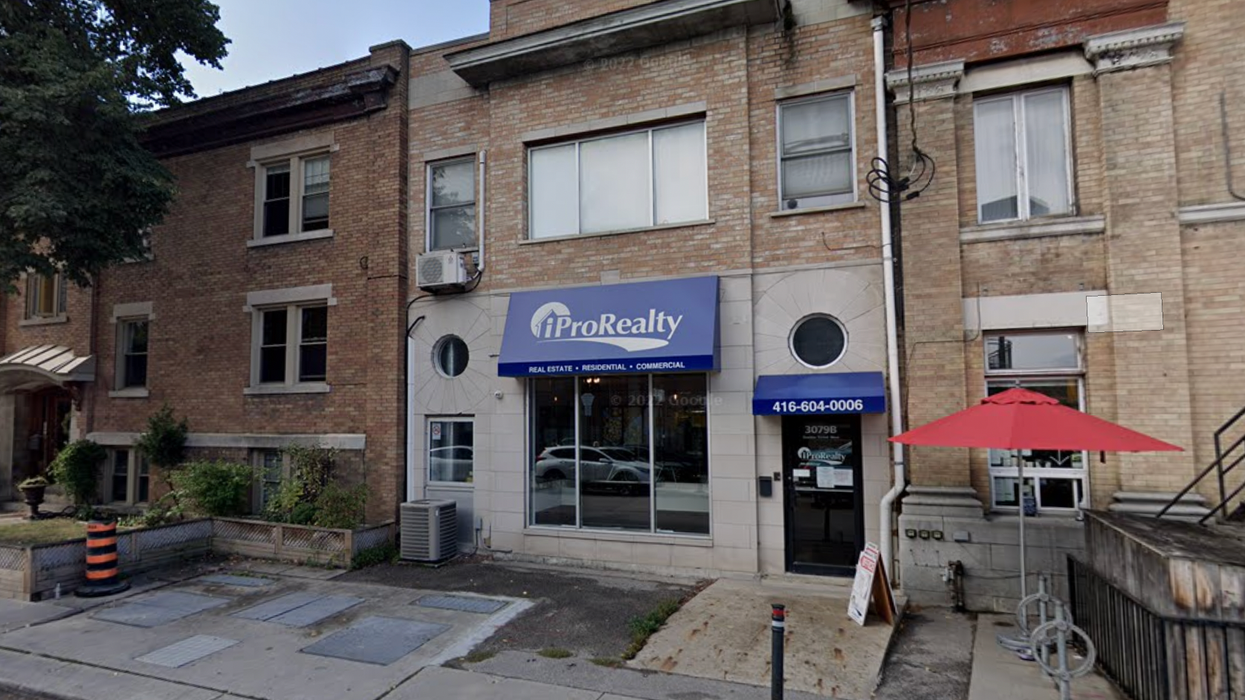
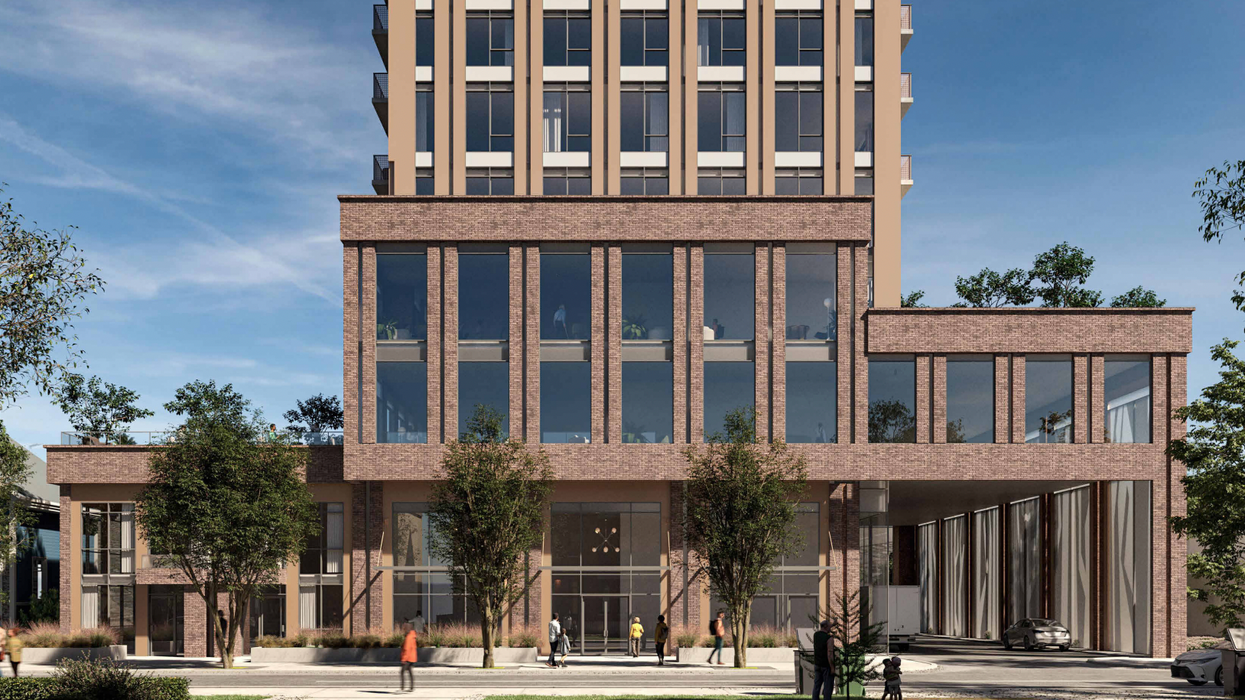
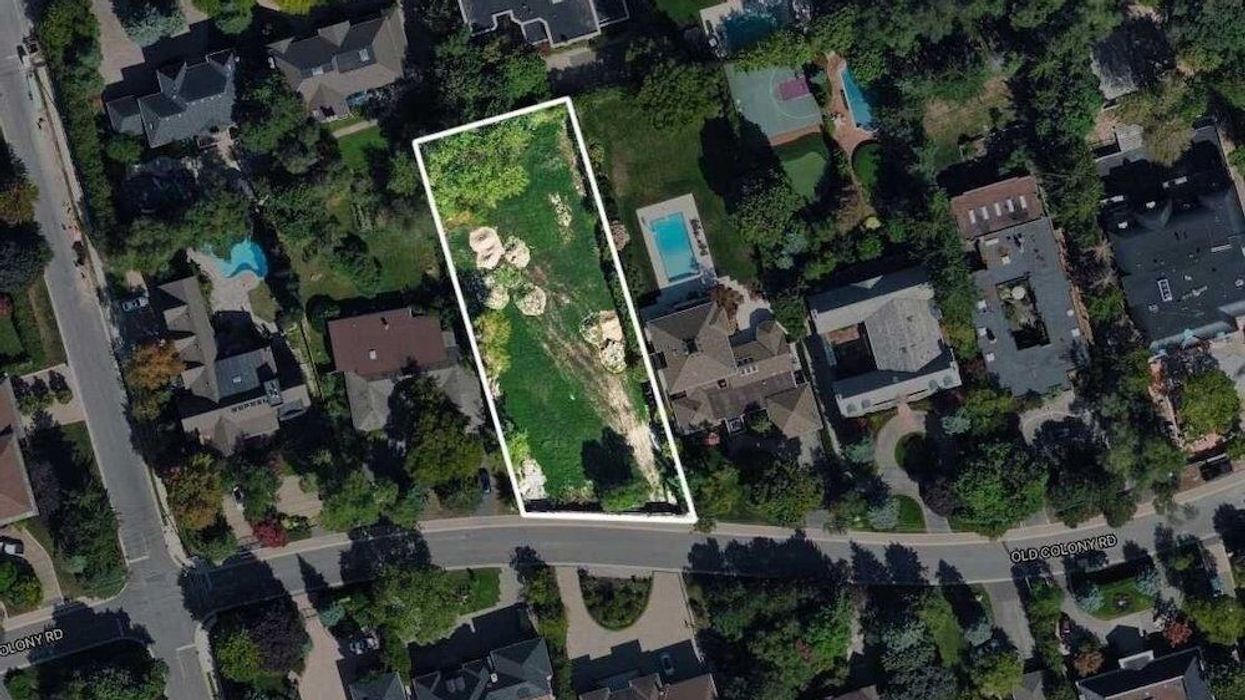
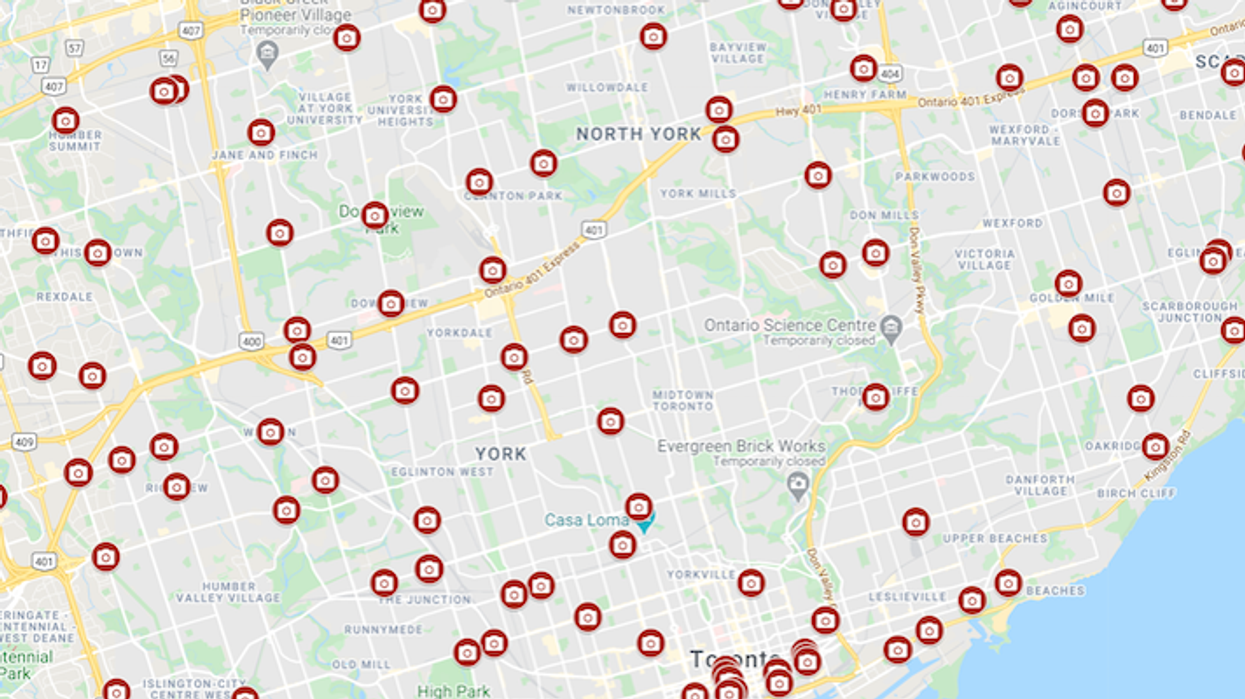
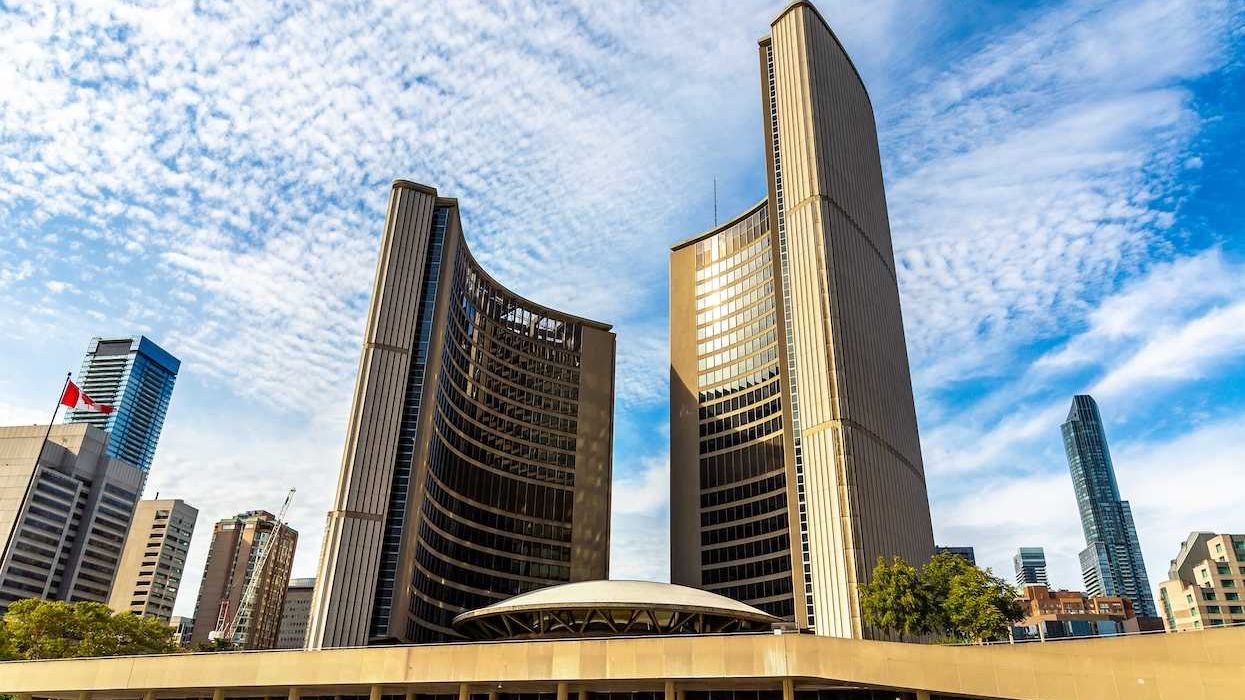
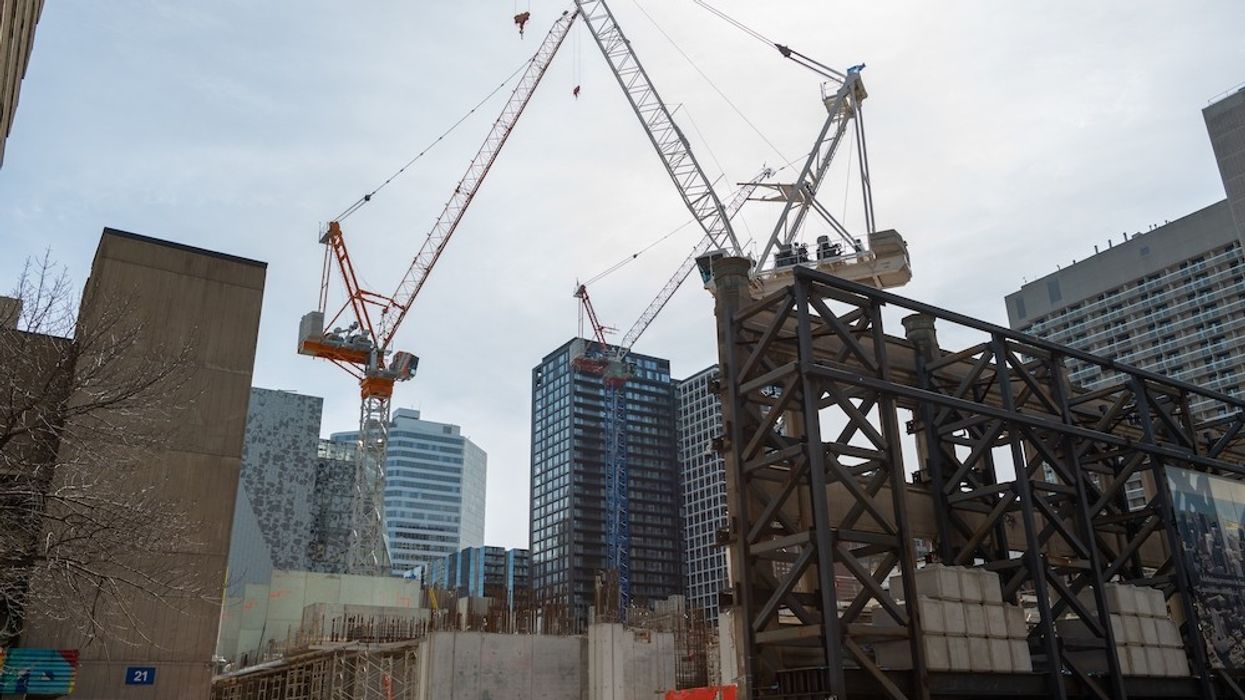
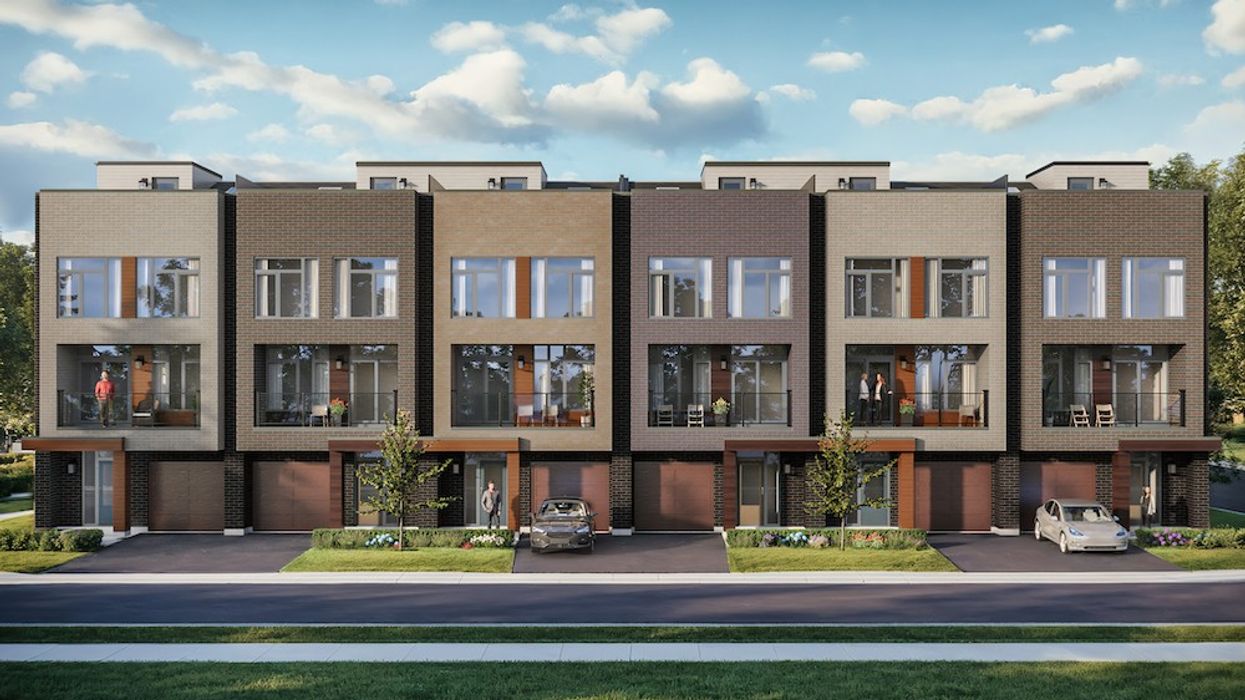
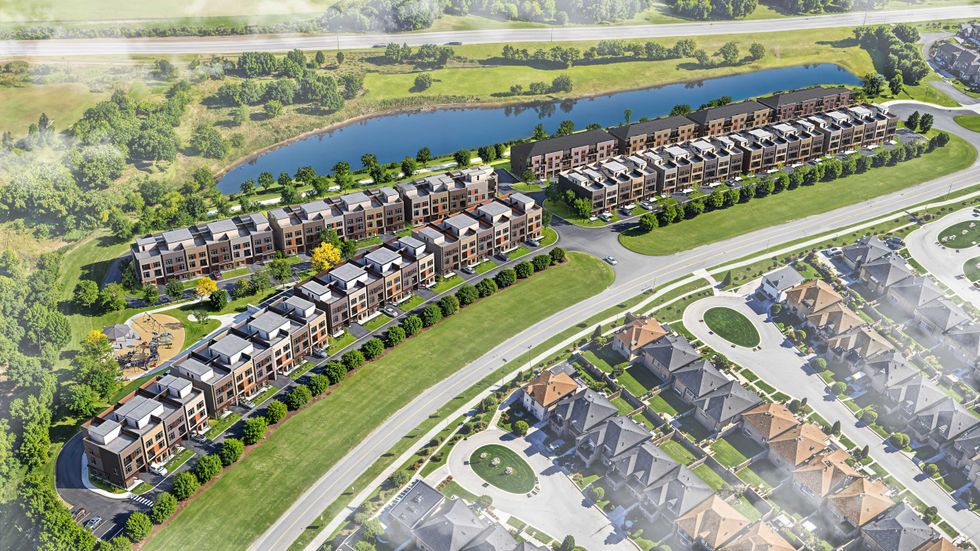 Camcos Living
Camcos Living Shutterstock
Shutterstock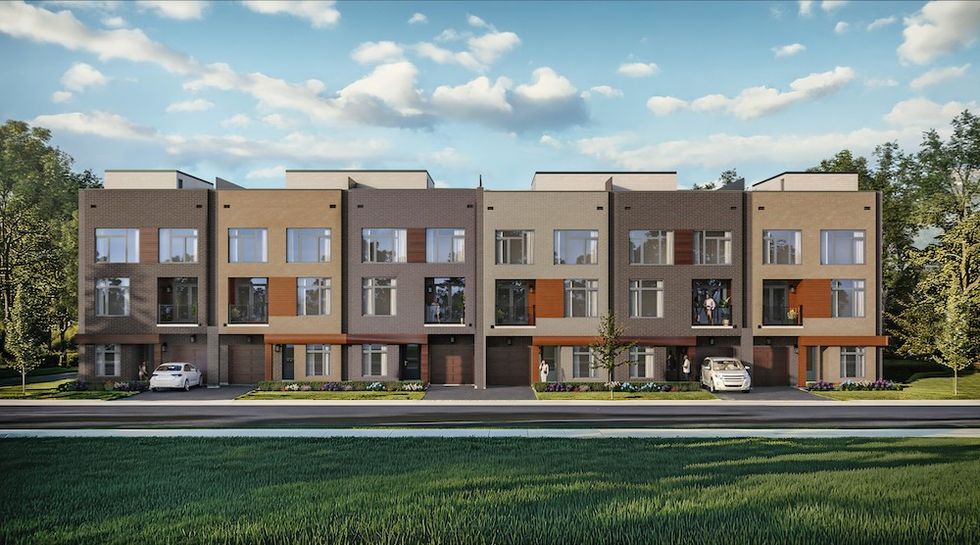 Little Rouge Block G/Camcos
Little Rouge Block G/Camcos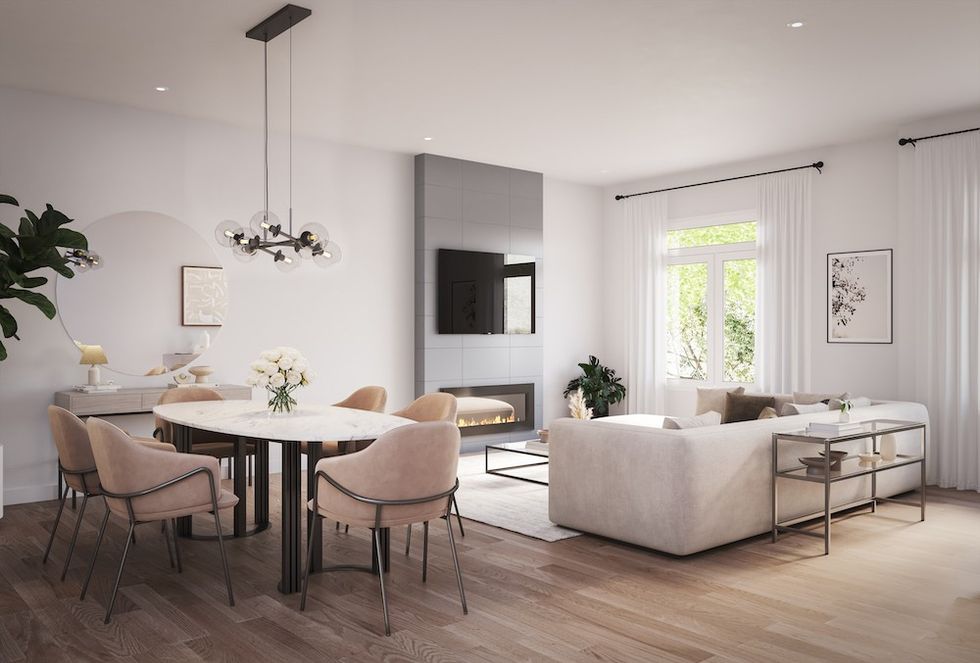 Camcos Living
Camcos Living Camcos Living
Camcos Living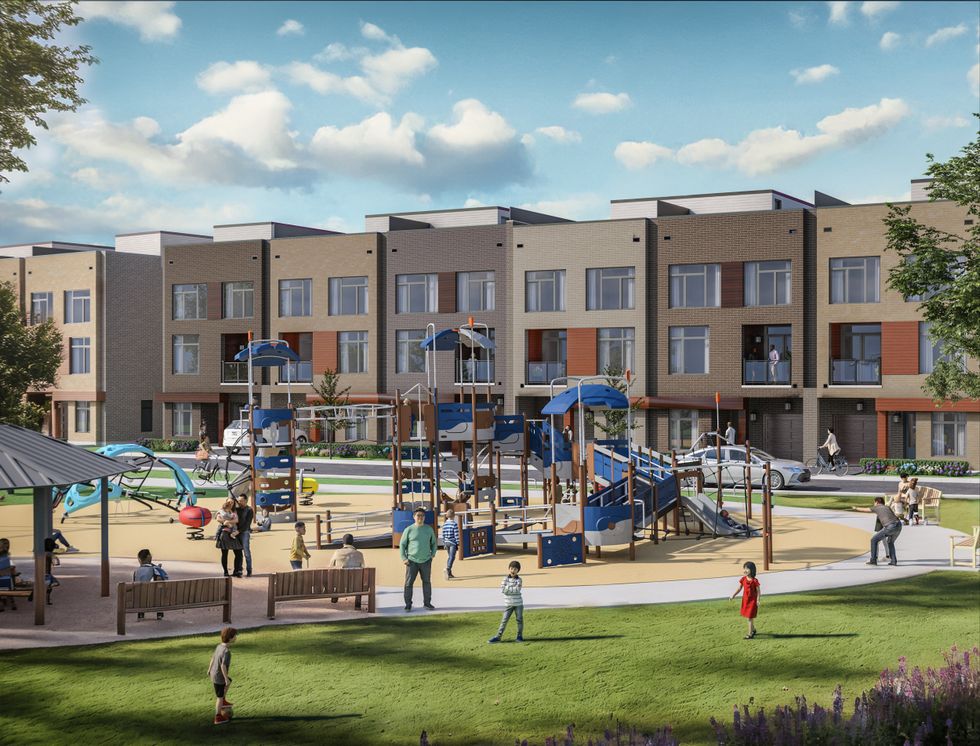 Camcos
Camcos
